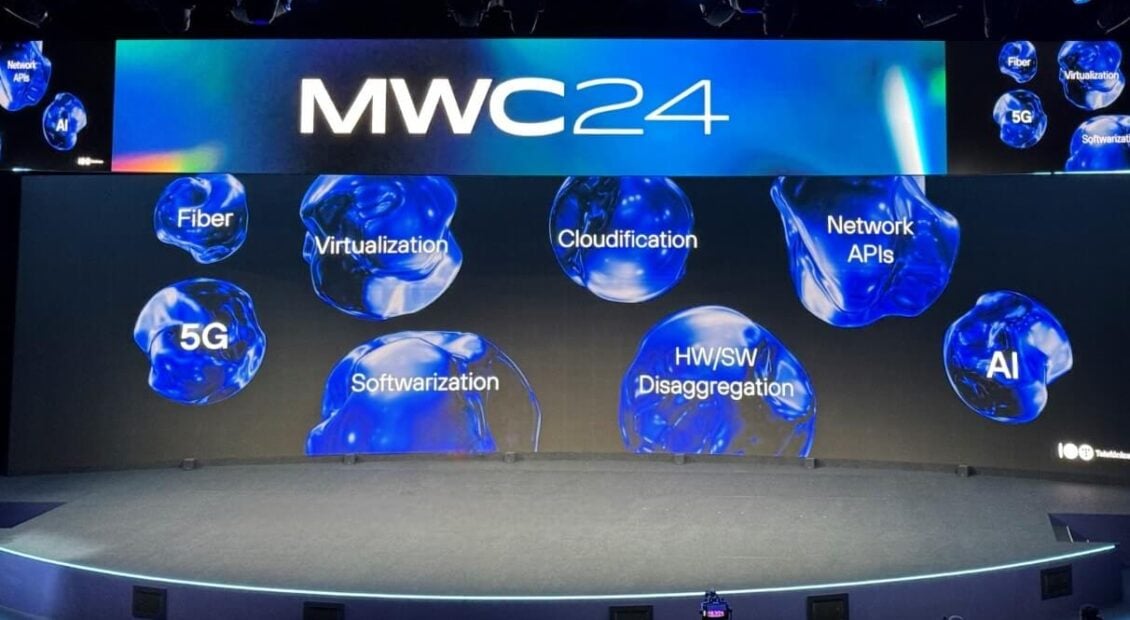
WRC-23: Readout and implications for telcos
World Radiocommunication Conference 2023 gave telcos some but not all of what they wanted: progress on 5G and 6G spectrum; but more spectrum will need to be shared in future.


World Radiocommunication Conference 2023 gave telcos some but not all of what they wanted: progress on 5G and 6G spectrum; but more spectrum will need to be shared in future.

STL Partners’ Research team present their observations from and analysis of the biggest mobile industry event of the year. There was a lot of buzz around AI and API but behind the tech jargon, we saw evidence that our industry continues to morph to become more open and customer-focused.

Legacy billing systems were built for legacy telco services and are too inflexible to deliver next-generation services. We explore how operators can modernise to unlock key benefits such as cost reduction, accelerated time to market and enhanced customer experience.

This report presents quantitative analysis of the global demand for private networks over a 7-year period. We explore the revenue trends across the value chain and provide insights into different deployment models and technologies across 14 verticals.
2023 concluded with 87 telco cloud deployments in our tracker. In this edition, we present the most popular vendor stacks for vRAN/open RAN and the main rationales behind the 11 5G SA launches last year.

Fixed operators see network disaggregation as a way to reduce deployment and operational costs, remove vendor lock-in, and combine residential, business and other types of access into a single infrastructure. This report examines progress and learnings from early movers.

Based on its deep industry knowledge, STL Partners is sharing its vision on how telcos can reverse the trend of stagnating consumer revenues by focusing on innovation, new ventures and excellent customer experience.

Telcos are getting moving with cloud-native. We have asked executives at seven such telcos about the process and what it has meant for their organisations, skills requirements and ways of working.
The industry is still on track to deliver 5G Standalone and various types of virtualised RAN – but progress is a lot slower than originally expected. In this update of the Telco Cloud Deployment Tracker, we look beneath the hood of the numbers to assess what if anything will accelerate growth in 2024.

New players, technologies and business models are raising the prospect of valuable, new satellite connectivity services. But how credible are the new opportunities and what do operators need to do?

Most consumers do not need FTTH speeds and capacity, but there are other reasons why households may pay a premium for full fibre connectivity.

This report leverages findings from an extensive research programme conducted in EMEA, including interviews with eight different CSPs and a survey with 54 responses from CSPs across the region. The research explored the progress of telcos within EMEA as they adopt techco practices.
At the start of 2023, we were hopeful that the year would be that of 5G SA. In the event, only seven deployments materialised in the first 6 months leaving a staggering 30 in our tracker as “in progress” and to be completed in the second half of 2023. In this report, we discuss how likely it is that these deployments will take place in 2023 or at all and if 5G SA still matters.

Consumer use cases offer a variety of opportunities for telcos and other stakeholders in the area of distributed edge. This report explores seven such use cases and the implications for telcos.

In the rapidly evolving ecosystem of private networks, collaboration and partnerships are becoming critical for success. Our report examines the key elements shaping this dynamic market and how partnerships, verticalisation strategies, and wide-ranging channel approaches are reshaping the private networks landscape.

The number of connected cars on the road is growing fast. Some use cases for connected vehicles depend on cellular connectivity, but many do not. Telcos need to focus on use cases where they add value to the ecosystem.

As connectivity becomes ever more integral to enterprises’ operations, network APIs have emerged as a highly anticipated means for telcos to monetise their 5G investments while meeting customer needs. How big is the opportunity, and what commercial models will work?